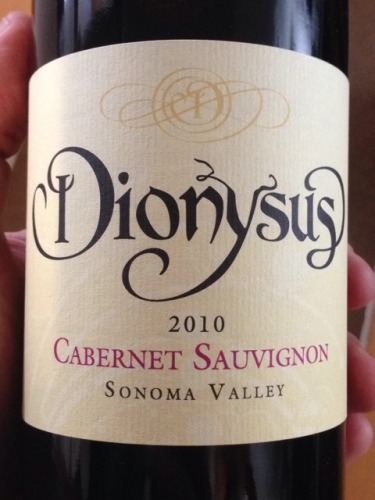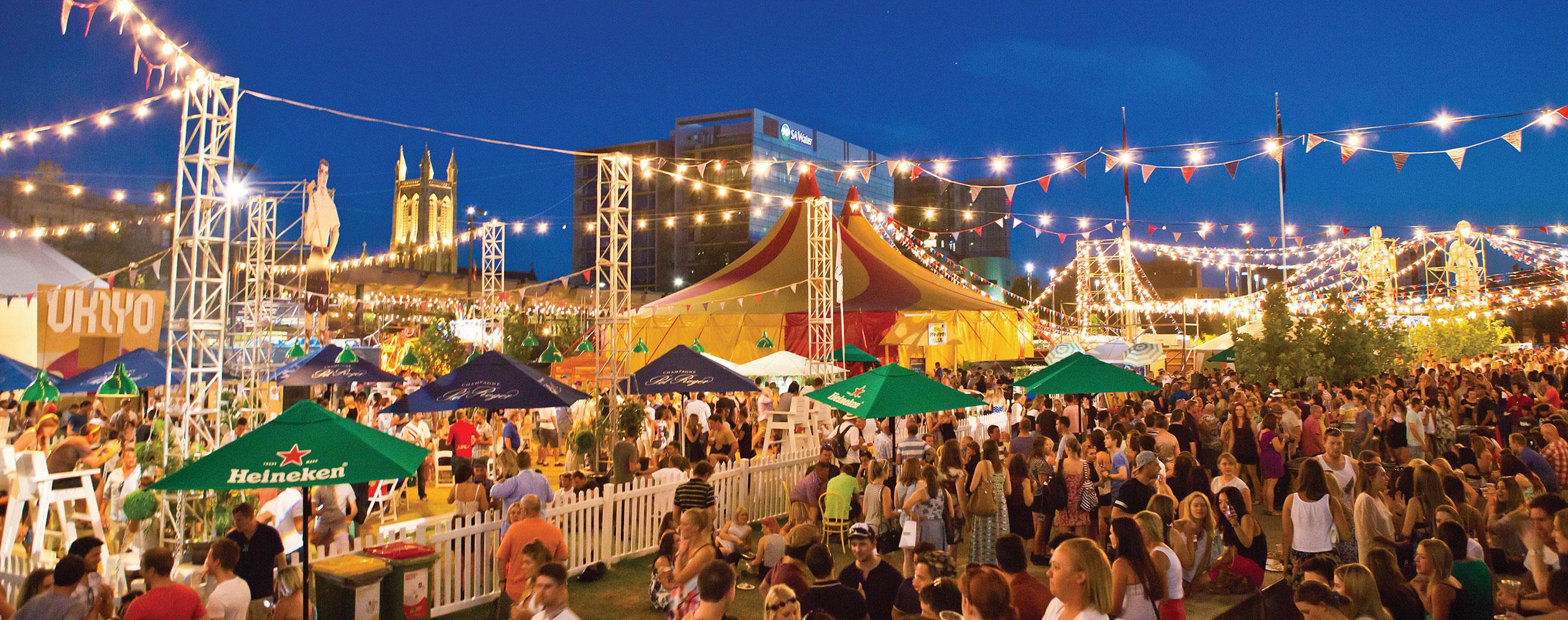


Both can be very complex and have great finesse with a silky mouthfeel.
Regional wine maps of the world full#
The whites are full-bodied and full of minerals as well. The reds vary from fruity and light to meaty, earthy, and floral dark fruits and everything in between. These each produce potentially profound wines that can have a seductiveness that is hard to resist. Burgundy: Most of the wines of the Côte d'Or, the most famous part of Burgundy, are made from either 100% Pinot Noir for reds or from 100% Chardonnay for whites, although there are a few exceptions.Sweet white wines are also made in the appellation of Sauternes and Barsac. The whites are minerally, rich wines that can also age well. The dry white wines produced largely consist of Sauvignon Blanc, Semillon and Muscadelle. Generally, "left bank" appellations such as Pauillac, St.-Estephe, St.-Julien, Margaux and Graves have high percentages of Cabernet in the blend while "right bank" wines such as St.-Emillion and Pomerol have more Merlot. They exhibit dark fruits and sometimes earth, cedar, tobacco and pencil lead-like aromas and flavors. The wines tend to be full-bodied and well-structured wines of nobility and grace, at their best. Bordeaux: One of the most famous wine regions in the world, Bordeaux only allows 5 red grape varietals, Cabernet Sauvignon, Merlot, Cabernet Franc, Malbec and Petit Verdot, and most wines are a blend of these.For more information about the various grape varietals and their characteristics, see our Wine Varietals page. However, once you've learned the basics, if your thirst for knowledge continues, there are many resources to get more detailed information about all these wine regions and many more sub-regions we are not covering.įor each region we discuss, we will give a bit of info about the types of grape varietals grown there as well as the styles of wine that is produced. Again, we'd love to give you details about every region the world over, but there simply isn't enough room here. For example, while there are many different wine regions in Germany, in the US only a couple of them are well represented in wine stores in general. This does not mean that the sub-regions within these areas are not of importance, we are just trying to focus on some of the most common regions you may come across. You can also see that while some wine regions are heavily represented (France), others will just be touched on. We are by no means covering all the wine regions because there are hundreds of them. Here we are going to give you brief introductions to several wine regions. While these are of course generalizations since a variety of wine styles are made in each region, they can be a very helpful guide. By knowing what region a wine comes from you can often tell in general what grapes may be used in the wine, what the general style may be and other details. When you read a wine label, if you haven't had the wine before, you can tell a lot about what is in the bottle before even popping the cork. We include it early in Wine 101 because if you understand a bit about the common wine producing regions, then you know what to expect from a given bottle of wine. Understanding wine regions is very helpful to the wine beginner.


 0 kommentar(er)
0 kommentar(er)
